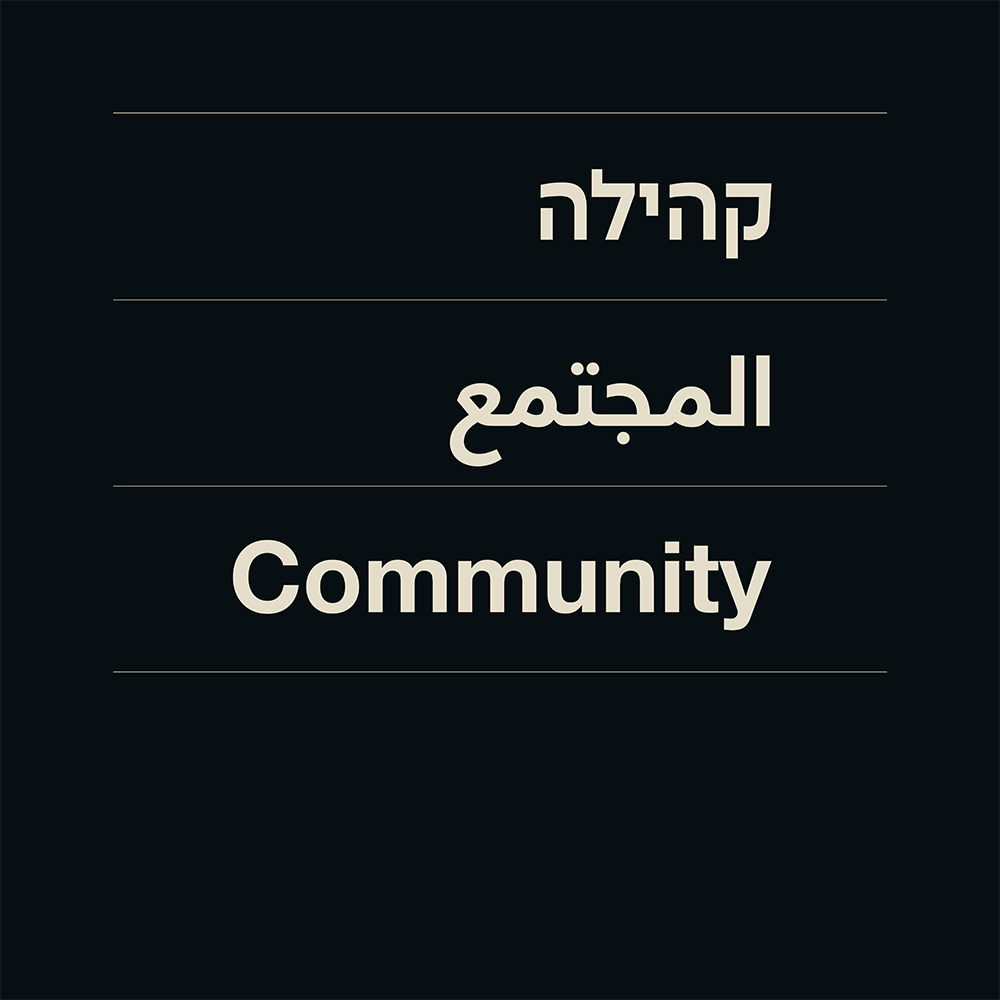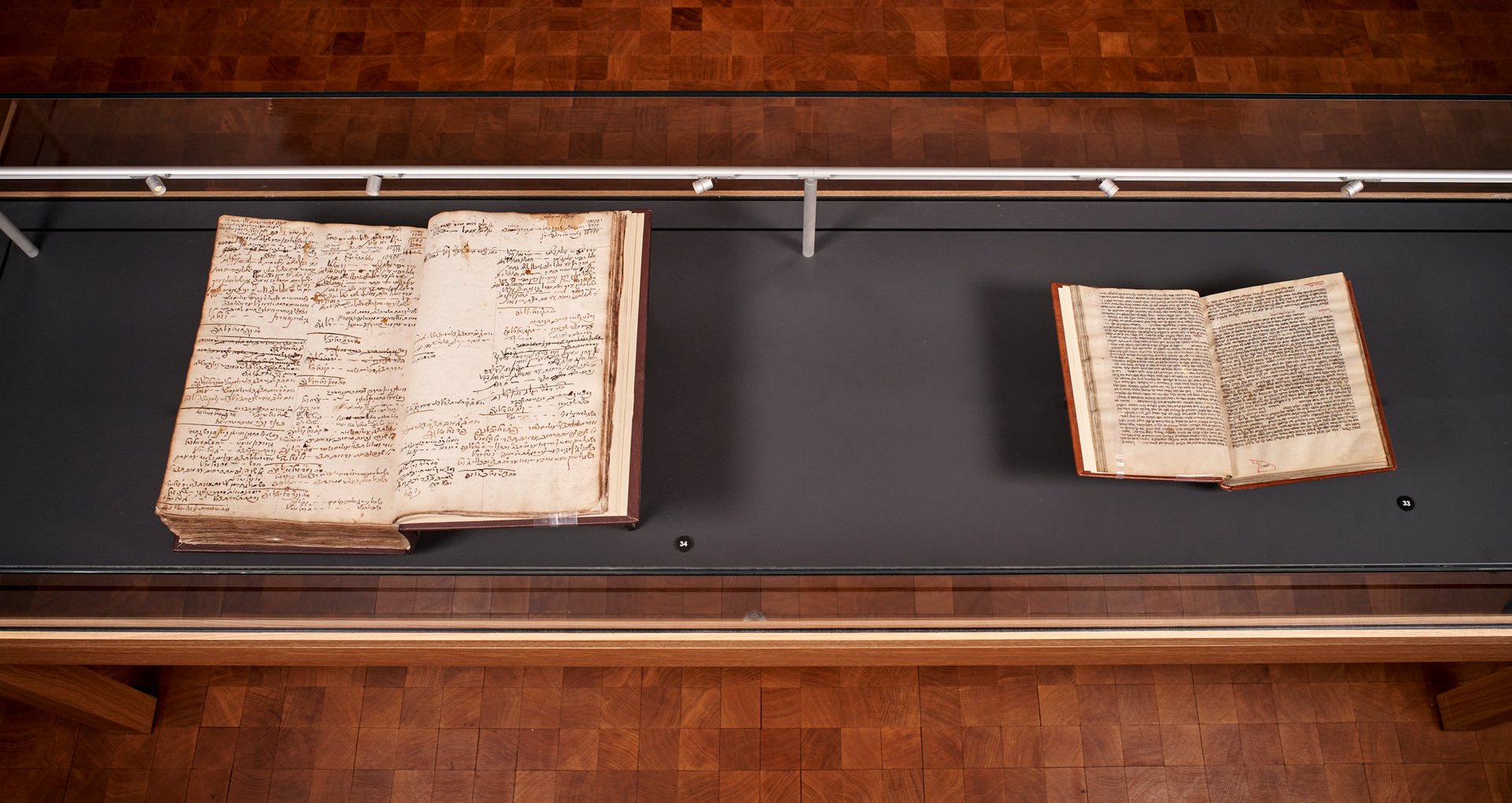
Local communities are a vital aspect of Jewish history, especially in the Diaspora. They are characterized by a variety of organizational structures, drawing their identity from their religious customs. Jewish communities are also distinguished by their book culture.
A classic compilation of minhagim is the Braginsky Collection's Sefer Minhagim, collated by Samuel of Ulm (no. 33). It is based on the teachings of Seligman Coburg, father of the copyist, as well as teachings of contemporaries then living in Swabia, near Ulm. While several versions of this minhagim book are known in almost twenty manuscripts, this volume, copied in Treviso, Northern Italy in 1453, is the earliest dated copy, written only four years after the original work had been completed.
A key manuscript in the collections of the National Library of Israel is a community ledger from the German city of Frankfurt am Main, compiled between 1729 and 1739 (no. 34). On almost 1,500 pages it records the taxes paid by community members and their sundry contributions. Here, their names are listed alongside the payments. The National Library of Israel integrates the holdings of the Central Archives for History of the Jewish People. Together these provide an unsurpassed record of Jewish history in Jewish communities around the world.
